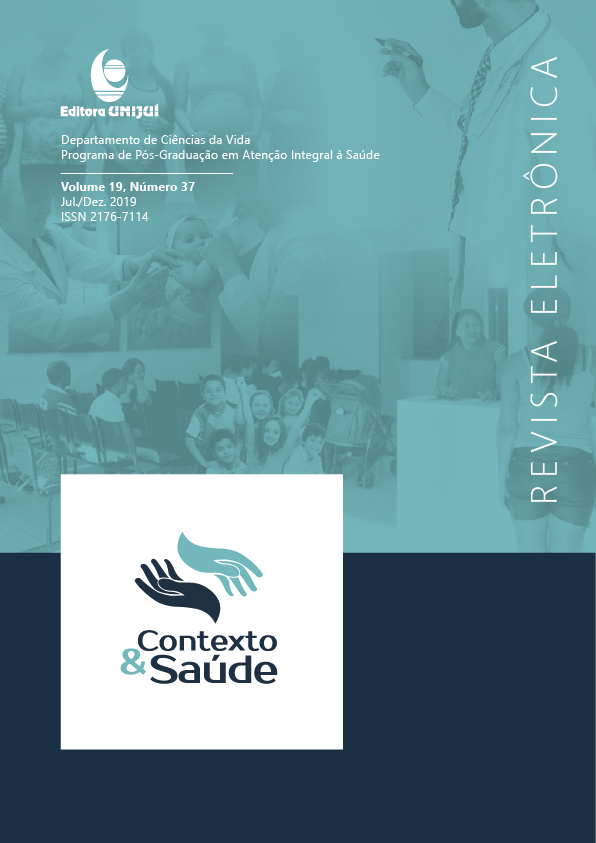EMPLOYMENT OF ESSENTIAL OILS AS RAW MATERIAL FOR THE PRODUCTION OF INSECT REPELLENTS
DOI:
https://doi.org/10.21527/2176-7114.2019.37.178-182Keywords:
Insect Repellents, Cosmetics, Oils, PlantAbstract
Essential oils extracted from plants are common and popularly used as an alternative to marketed synthetic repellents. Thus, the present work proposes to carry out a systematic review in the literature on the use of essential oils in the analysis and development of repellent formulations. A search for scientific articles using the descriptors "Repellent *", "Plant *", "Essential * oil *" and "Cosmetic *" was carried out in the databases: SciELO and PubMed®. Selected publications were analyzed for country of origin; families studied; parts of plants most employed; extraction methods employed and type of repellent formulations developed. The search resulted in a total of 241 articles, mostly from the year 2015. We found species of the most different families, especially the Asteraceae. In addition, most of the publications originate in China and Brazil, with the leaf being the most used plant part and hydrodistillation the most prevalent extraction method. However, the representative research on repellent vegetable oils is associated with the disclosure of only five cosmetic repellent formulations, which would possibly have greater safety of use and lower added value. This fact may mean, for the Brazilian cosmetic market, the incomplete or late exploitation of properties investigated.
Downloads
Published
How to Cite
Issue
Section
License
By publishing in Revista Contexto & Saúde, authors agree to the following terms:
The works are licensed under the Creative Commons Atribuição 4.0 Internacional (CC BY 4.0) license, which allows:
Share — to copy and redistribute the material in any medium or format;
Adapt — to remix, transform, and build upon the material for any purpose, including commercial.
These permissions are irrevocable, provided that the following terms are respected:
Attribution — authors must be properly credited, with a link to the license and indication of any changes made.
No additional restrictions — no legal or technological measures may be applied that restrict the use permitted by the license.
Notes:
The license does not apply to elements in the public domain or covered by legal exceptions.
The license does not grant all rights necessary for specific uses (e.g., image rights, privacy, or moral rights).
The journal is not responsible for opinions expressed in the articles, which are the sole responsibility of the authors. The Editor, with the support of the Editorial Board, reserves the right to suggest or request modifications when necessary.
Only original scientific articles presenting research results of interest that have not been published or simultaneously submitted to another journal with the same objective will be accepted.
Mentions of trademarks or specific products are intended solely for identification purposes, without any promotional association by the authors or the journal.
License Agreement (for articles published from September 2025): Authors retain copyright over their article and grant Revista Contexto & Saúde the right of first publication.

